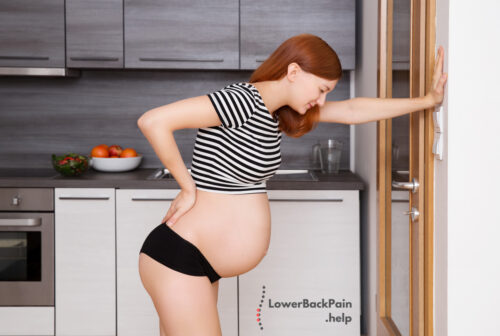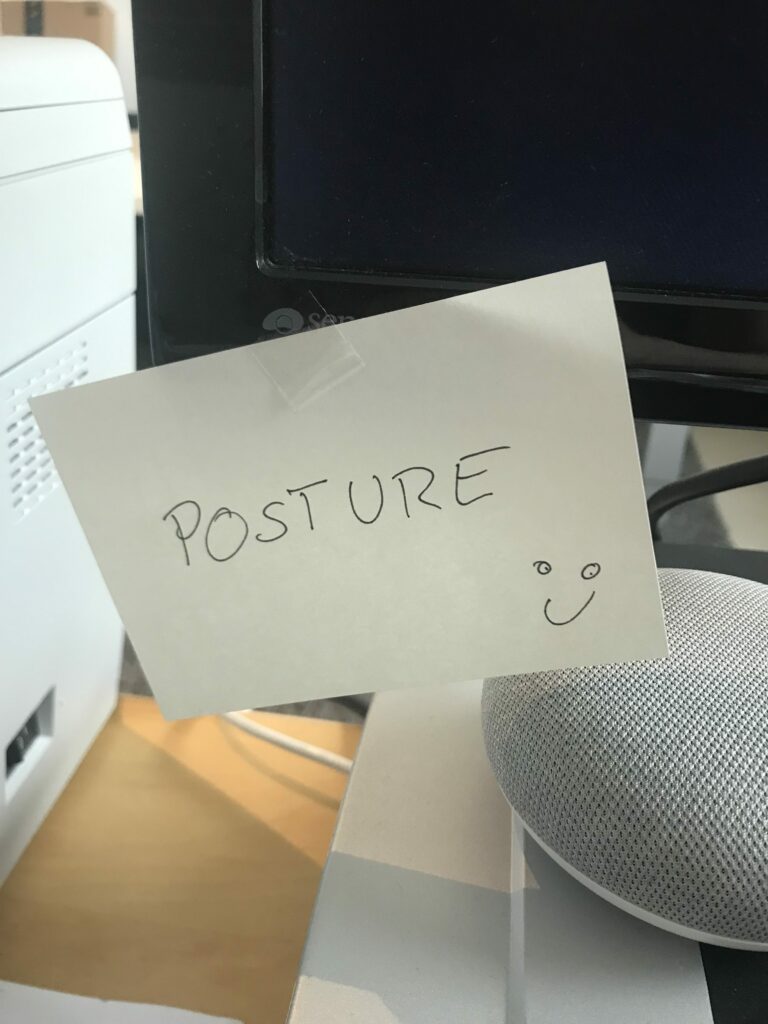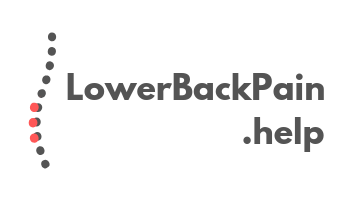7 tips on how to deal with lower back pain during pregnancy
When you’re pregnant, the chance of you having to deal with lower back pain are up to an estimated 50%. That is about the percentage of women in the US that have a significant backache during their pregnancy at least once.
Even when the pain in your lumbar region only lasts for a day or two (sometimes it last much longer – up to a month or even the whole pregnancy) one of the problems women face is that doctors usually only recommend paracetamol as a pain relief medication.

Here are seven ways you should consider when you are suffering from lower back pain during pregnancy:
1) Your Posture
Good posture is quite possibly the most essential aspect of good back care during pregnancy.
Make yourself a note to remember a good posture.

The way you sit when at work or home makes a huge difference.
You should try and practice good posture whenever you think about it (which can be hard when you are in the middle of an 8-hour long job in the office). But remember: when your baby gets heavier, your center of gravity will shift forward. To avoid falling forward, you will compensate by leaning back which is a normal reaction. But it can also strain your muscles in the lower back area and then become the reason for lower back pain during pregnancy. The solution should be to keep your shoulders back and relax.
Again, when carrying a substantial number of extra pounds around with you it can be easy to adopt the bad posture, so think about your clothing and footwear too to make sure you’re as comfy as possible.
Prenatal yoga is also an excellent exercise for teaching posture. So why not think about taking some classes to help with your lower back pain.
2) Stop lifting heavy items
The current advice by doctors is that the maximum weight a pregnant woman should lift in her late pregnancy should be 25% less from what she was able to lift before she became pregnant.
But that is a piece of advice from doctors that leave you shaking your head. How in the world should someone know what 25% is?
So our recommendation is simple: make sure you do not carry anything that is heavy. Period.
That means you should not carry all your groceries from your weekly run to the supermarket yourself. Ask someone to carry it for you, especially when you already have lower back pain!
3) Visit a Chiropractor
We believe a visit to the chiropractor office is always a good choice.
Chiropractors treat more than 27 million Americans yearly, with a chiropractic adjustment being performed about 1 million times each business day, so it is a common method worth thinking about.
Most chiropractors work with pregnant women regularly, using manual therapies to help readjust the body and reduce the ache of pain in the lumbar zone. When calling the chiropractors office, you should ask if this is something they offer.
4) Exercise, Exercise, Exercise (seriously: Exercise)
Pregnancy is exhausting, and often the last thing you want to do is exercise.
However, regular exercise can have tremendous influence when it comes to dealing with lower back pain (not just in pregnancy).
Swimming is – in our eyes – a great activity, as it helps lift and ease the weight on your lower back, with women liking the feeling of weightlessness.
But swimming takes time, and if you want to start today how about you go for a walk. It doesn’t have to be for miles, start with a short walk around the block. The goal is to get into a daily routine. Remember: every bit of exercise helps.
Please always remember to be careful, and not start out extreme because your body might not be used to it.
Make sure you consult a medical professional first and talk with him or her about what is recommended to your level of fitness and the stage of your pregnancy.
5) Physical Therapy
Lower back pain is on the rise in the USA, and physical therapists are a popular option for everyone experiencing this pain.
And what is important to consider is that women are having their first child now at around 25 years of age to well over 40 years of age. That means that many women are not as physically active anymore which leads to an increase in pregnant women with lower back pain.
Physical Therapy offers a variety of treatments, including manual therapy, cold/hot therapy with the help of ice and heat, ultrasound, as well as other treatments.
We recommend that you should see physical therapy as a long-term way to help you with your lower back pain. As such it should be part of your life as a postnatal routine after you gave birth.
6) Get a Massage
You deserve it. That is the first thing you should tell yourself.
Many times when we speak with pregnant women, they tell us that they think they do not deserve a massage (for whatever reason).
So our advice is: of course you do. Pregnancy is a super stressful time, and your body is doing something amazing. So you should thank yourself with a massage (or two, or three).
A massage will relax you and your body and research show that the hormones associated with stress relief and relaxation are altered during a massage. Which means not only will your body be more relaxed – you will also have a healthier mood regulation.
The blood volume in your body also increases throughout pregnancy, and it’s assumed massages can improve with blood circulation to help with nerve pain like sciatica.
7) Acupuncture
Acupuncture is considered to be an efficient approach for pregnant women that deal with pain in the lumbar region.
Studies show that acupuncture can lessen pain in the lower back and pelvic pain, which is another frequent problem for pregnant women.
- Your Posture
- Stop lifting heavy items
- Visit a Chiropractor
- Exercise, Exercise, Exercise
- Physical Therapy
- Get a Massage
- Acupuncture
If you want to know more about how I fought the pain and became pain-free again please sign up to my Email Newsletter. This is where I share the secrets I discovered and where I tell what worked for me (and more importantly: what does not work).
